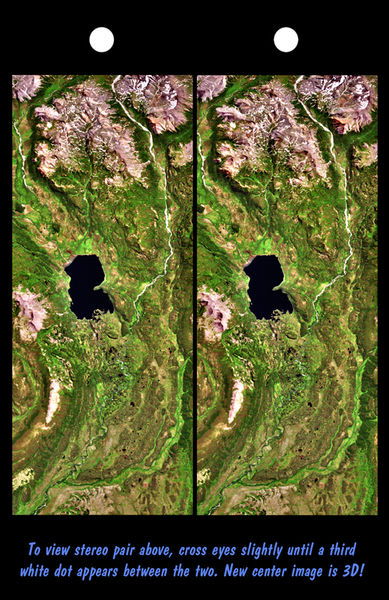

(14) This approach allowed us to isolate lacZ fusions with the genes pelC, pelD, ogl and pem, encoding pectate lyases PLc and PLd, oligogalacturonate lyase and pectin methylesterase, respectively.(13) We found proportionately more esophores with exo fixation disparity who require base-in prism to neutralize the fixation disparity than Ogle's studies found.

#Stereogram of convulsion full#
(4) We used a conventional, Ogle-type, subjective fixation disparity apparatus to measure vergence error at near over a full range of horizontal head-rotation frequencies.(3) The suit also accuses Ailes of “ogling” Carlson in his office, making her turn around “so he could view her posterior”.(2) The ogl mutation was biochemically characterized and localized near the trp his markers on the E.


(1) Prism fixation disparity curves were determined in three different experimental situations: the routine method according to Ogle, a method to stimulate the synkinetic convergence (Experiment I, with one fixation point as sole binocular stimulus) and a method to stimulate the fusion mechanism (Experiment II, with random dot stereograms).t.) To view or look at with side glances, as in fondness, or with a design to attract notice. The concussive convulsion requires no specific therapy, and antiepileptic medication is not indicated. Emergency department management should focus on evaluation of the associated concussive injury. The long-term outcome for patients with isolated concussive convulsion is universally good, with no long-term neurologic sequelae and no increased incidence of early or late posttraumatic epilepsy. Neuropsychological testing often demonstrates transient cortical dysfunction consistent with the concussive episode. Patients with isolated concussive convulsions have no evidence of structural brain injury as assessed with neuroimaging studies or physical examination. A postictal phase is generally brief if it occurs at all with these episodes. With concussive convulsions generally occurring within seconds of head impact and lasting up to several minutes, patients are initially in a tonic phase, followed by a clonic convulsion. Previously believed to be an epileptic phenomenon, they are now thought to be a brief traumatic functional decerebration that results from loss of cortical inhibition. Immediate concussive convulsions are an unusual but dramatic sequela to head injuries.


 0 kommentar(er)
0 kommentar(er)
